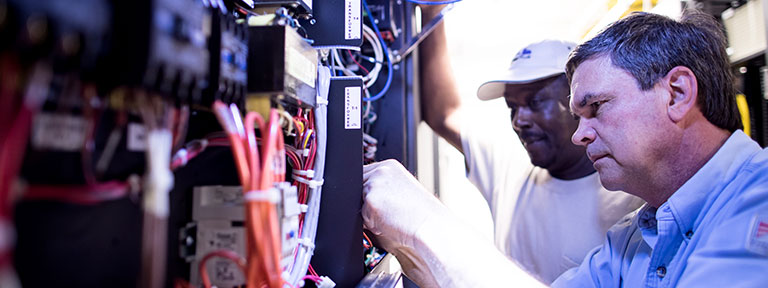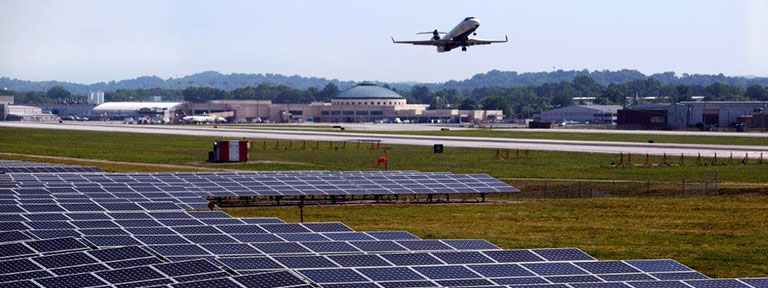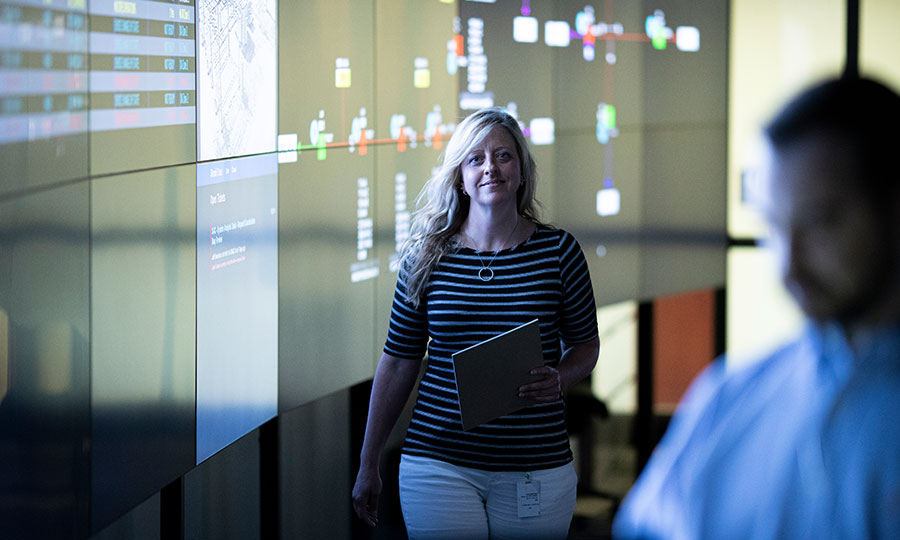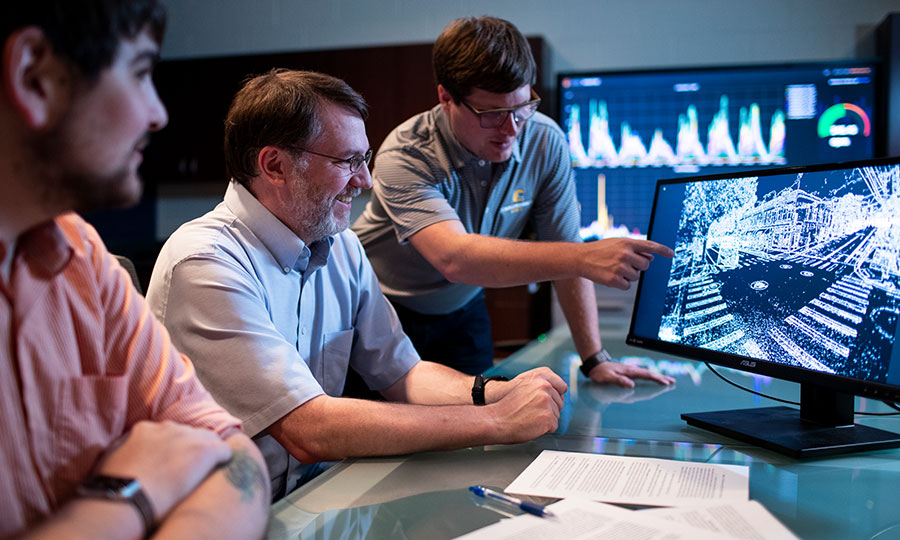
Supporting other communities in building fiber optics networks
As more utilities across the country launch their own fiber-to-the-home services, EPB Fiber Optics realized an opportunity to provide the support and expertise to help them improve quality of life in their community, grow their local economy and better compete in the communications market. Working with Network Operations and Field Services, this year the New Products division launched EPB Broadband Solutions, which provides wholesale services and shares with municipalities how they can benefit from the lessons we learned as the utility that built America’s first Gig-speed internet. From direct internet access and video transport, to network monitoring and engineering, to 24/7 tech support and customer service including dispatch, EPB Broadband Solutions helps utilities save time and money in building a successful, sustainable fiber optics network in their own communities. So far, EPB has established wholesale agreements with providers in Tennessee, Georgia and Alabama.



Enhancing smart grid security
We’re working hard every day to reduce the smart grid’s potential vulnerability to ever-changing cyberattack technology. EPB’s partnership with the U.S. Department of Energy’s Oak Ridge and Los Alamos Laboratories continues to explore the latest safeguards to further enhance the security of the grid, as well as protect customer data. This year, a team of scientists worked with EPB to test QKD, or Quantum Key Distribution. This security technology uses quantum physics to encrypt data, rather than traditional mathematics-based methods commonly used today. In theory, the data cannot be cracked by any computer nor can the data be intercepted without detection. Continued testing is underway and if tests prove successful, the technology could be deployed in Chattanooga and other communities within a few years.

Developing smart grids for the future
The next logical step in ensuring the reliability of a community smart grid is to isolate certain geographic areas into “microgrids” that better narrow or reduce the risk of outages. Traditional microgrids distribute energy independently of the smart grid, but are not scalable in size. So this year, EPB’s Smart Grid Development team continued its research into the progressive technology of microgrids by pioneering their ability to scale in size – large or small – depending on immediate power needs. Through our partnerships with the Department of Energy and the Chattanooga Metropolitan Airport, EPB also completed the deployment of utility-scale batteries to assist with demand reduction in the area near the airport. Additionally, EPB completed initial testing of the microgrid’s communications network and controlling devices, which allows all components to begin functioning as a self-contained network. We will continue to conduct further rounds of testing as more work will be required before putting this technology into full service next fiscal year.



Launched Autonomous Vehicle Test Corridor
This year, as part of the Smart City Collaborative, EPB partnered with the Center of Urban Informatics and Progress (CUIP) at the University of Tennessee at Chattanooga to establish an Autonomous Vehicle Test Corridor on downtown Chattanooga’s Martin Luther King Boulevard. Utilizing a camera system and a variety of speed, audio and air quality sensors installed throughout the testbed, the system can detect and track up to 80 different objects – like vehicles, pedestrians, bikes – at one time while maintaining each object’s anonymity. CUIP’s physical infrastructure is supported by EPB’s gigabit fiber optics network to guarantee high throughput and low latency backhaul. CUIP can use data captured by the corridor system to gain a better understanding of how cars and pedestrians move around on a particular street. For example, our analysis of one street found that pedestrians often cross in the middle of the street, and that many times vehicles travel in the bike lanes. Data such as real-time traffic patterns, near-miss accidents, and even air quality could be used by city officials to address street and signal modifications.